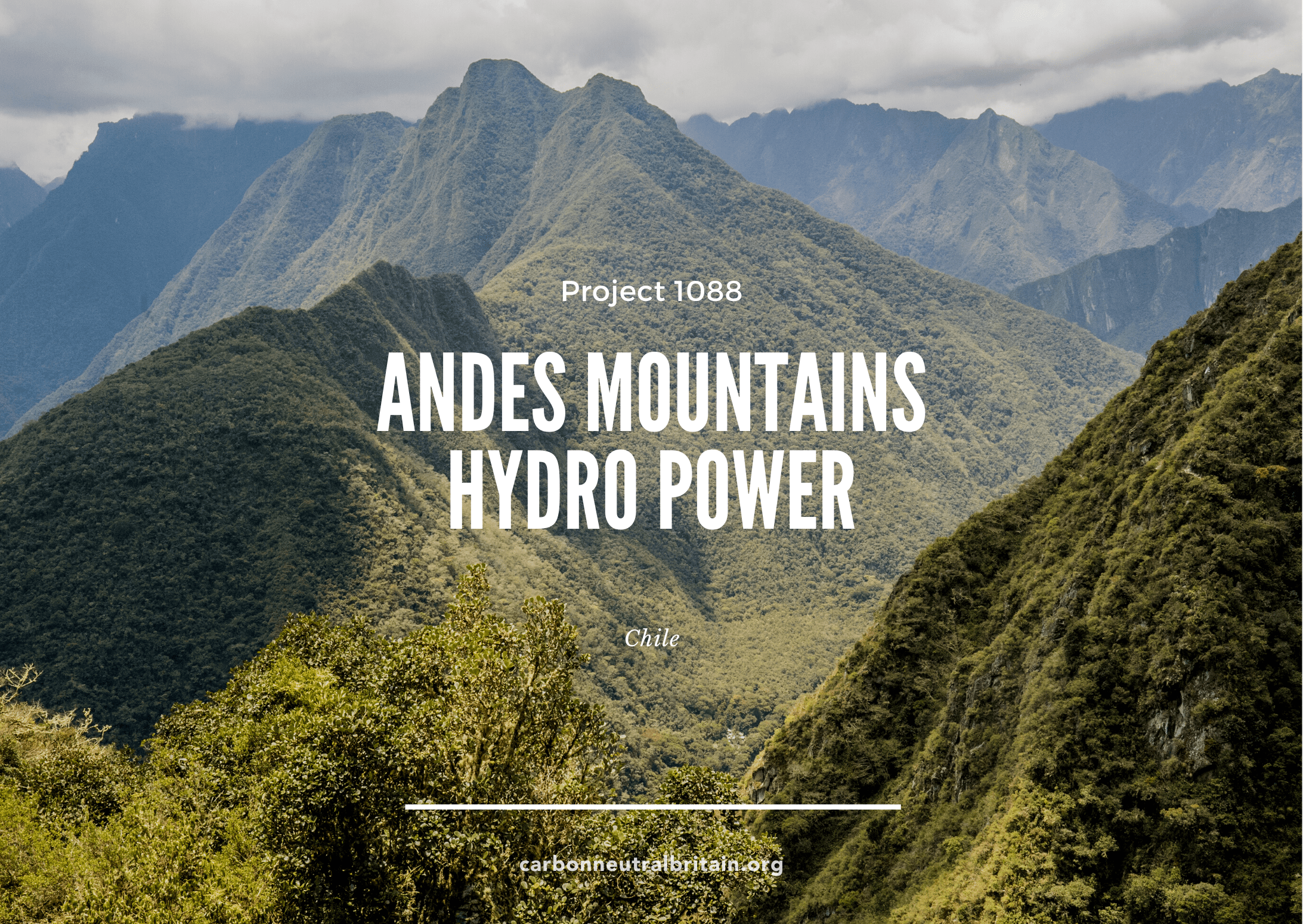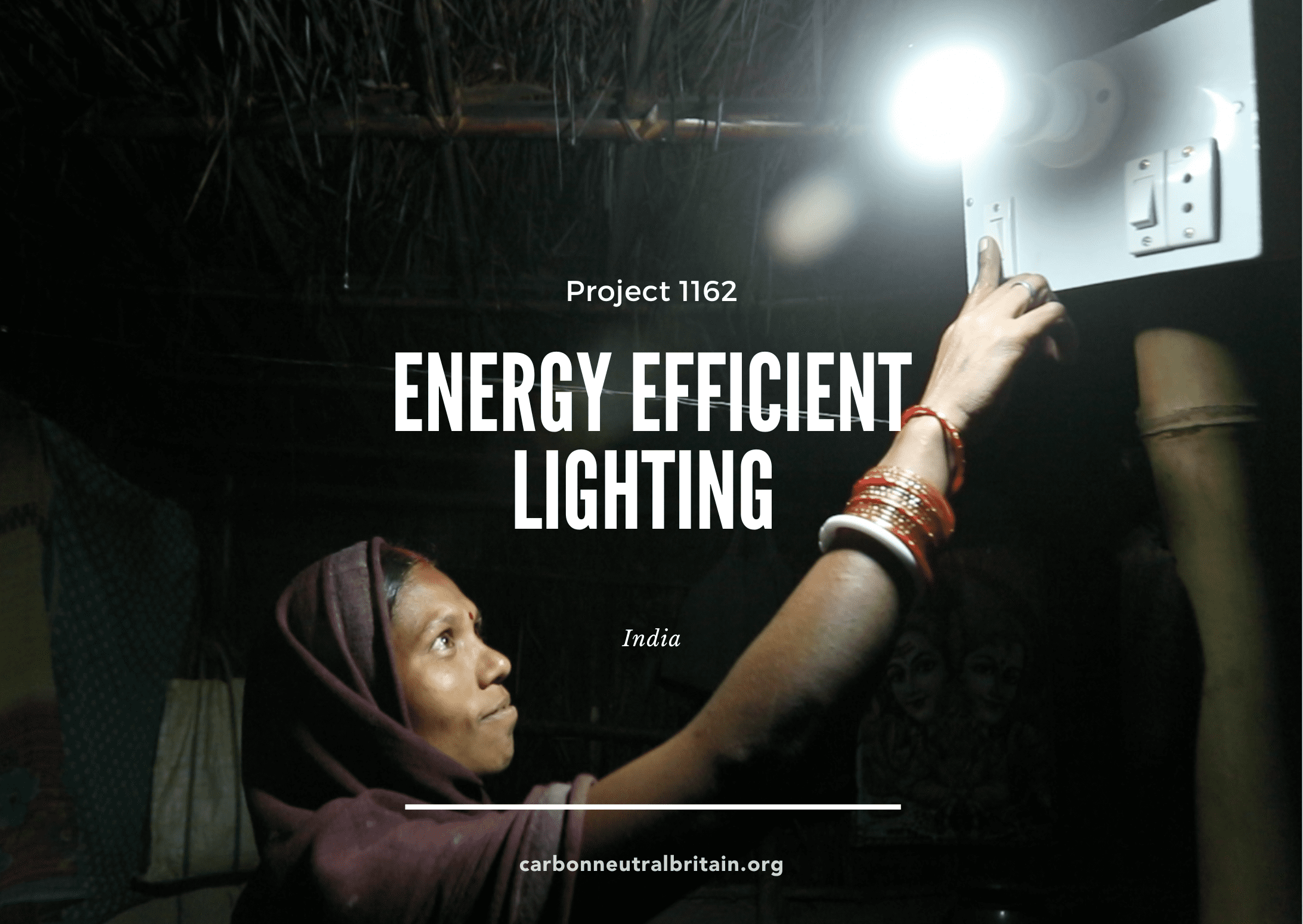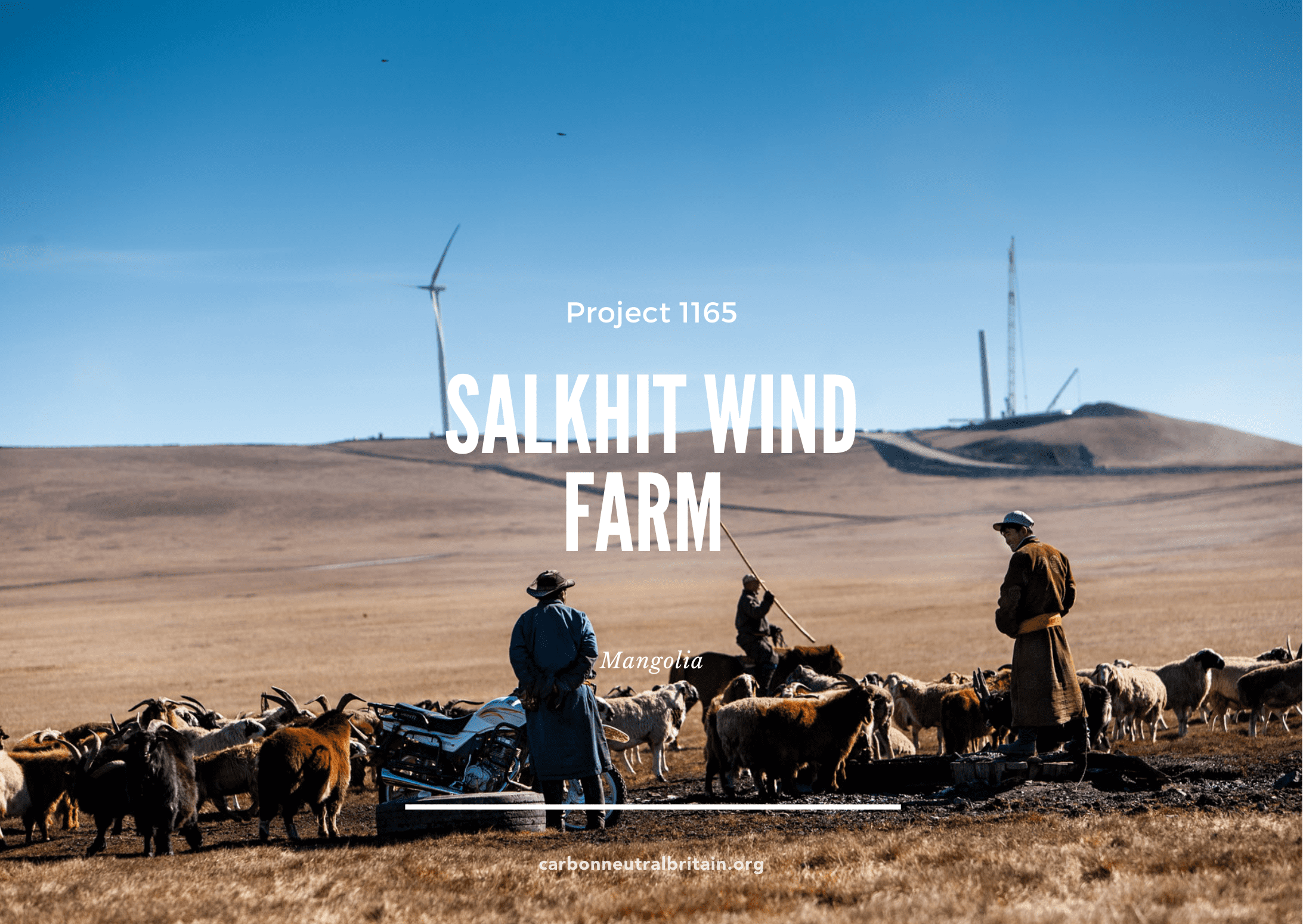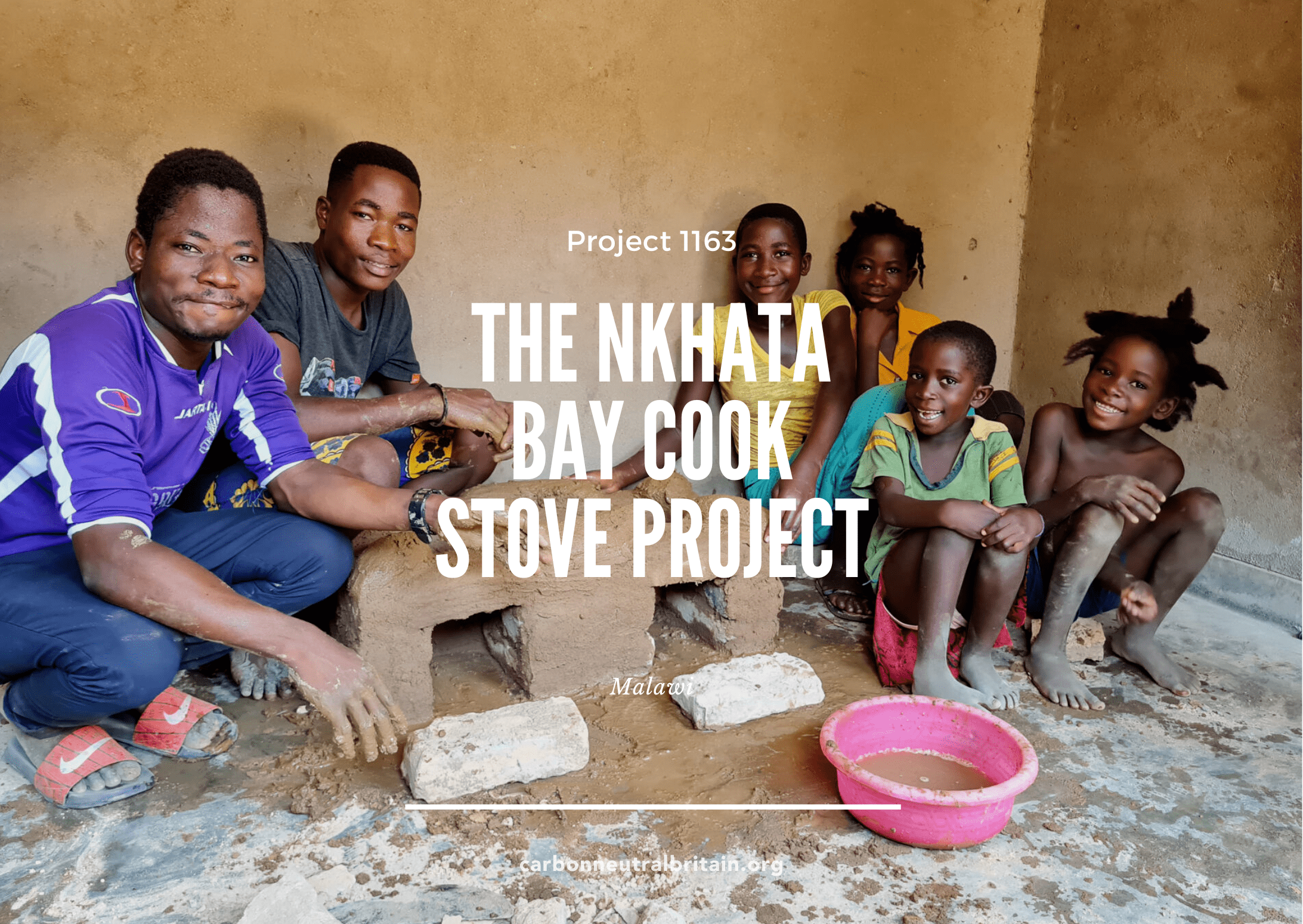Carbon Neutral
Precise Consultants are delighted to announce that once again this year we are a certified carbon neutral business. Carbon neutral status is given to companies who calculate their carbon footprint and then offset it through supporting projects to remove CO²e from the atmosphere.
It has never been more important for businesses to step up and take account of the environmental impact associated with their operations and we are incredibly proud to lead the way in our industry by becoming a carbon neutral certified personnel agency. In even more exciting news, we are not just certified as carbon neutral, but have taken the extra step to go carbon negative. This means we have offset more carbon emissions than we have actually produced last year. If you would like to find out more about the projects we have supported through offsetting read on!
Through the Carbon Neutral Britain Climate Fund™, Precise Consultants has neutralised 45.11 tonnes of CO²e emissions through supporting 4 internationally certified carbon offsetting projects:
-
Andres Mountains Hydro Power Project in Chile
-
Energy Efficient Lighting Project in India
-
Salkhit Wind Farm Project in Mongolia
-
The Nkhata Bay Cook Stove Project in Malawi
Certified via the Verra – Verified Carbon Standard (VCS), the Gold Standard – Voluntary Emission Reductions (VER), or the United Nations – Certified Emission Reductions (CER) programmes, the projects have also been selected based on their direct and indirect impact around the world – not just in offsetting, but also in supporting education, employment, and clean water, as well as having a net positive impact on the local wildlife and ecology.
ANDES MOUNTAINS HYDRO POWER PROJECT
Located in the Tinguiririca River upper valley, this Hydroelectric project is around 120km south of Santiago, Chile. Known as La Confluencia, the 163 MW run of river hydro power plant utilizes the hydrological resources of theTinguiririca, Portillo and Azure Rivers, in a r u nof river scheme to generate and supply zero emission energy to the Chilean central electricity grid (SIC). The power plant generates certified emission reductions (CERs) by displacing electricity generation from grid connected fossil fuel-fired power plants that would otherwise be generating electricity.

Project Impact and Secondary Benefits:
1. Environmental Sustainability
The primary objective of the proposed project is to help meet Chile's rising demand for energy due to its economic growth and to improve the supply of electricity, while contributing to the environmental, social (job creation in the construction phase, and infrastructure enhancements in surrounding municipalities) and economic sustainability by increasing renewable energy's share on the Chilean electricity consumption. The Project activity improves the supply of electricity with clean, renewable hydroelectric power while contributing to the regional/local economic development.
2. Social Development
Through the "Tinguiririca Participa" grant program, the project directly finances proposals presented by community organisation, in areas such as healthcare, education, and social change. In the first year of the program, the joint venture financed 11 projects, while today the number of projects surpasses 200. All of these initiatives are aimed at meeting community needs.
3. Flora and Fauna
In addition to social projects, reforestation of around 120 hectares around the site has been implemented, helping protect and improve the local flora and fauna, with a specific impact on local Tricahue Parrot, Torrent Duck, Freshwater Catfish, Torrent Duck and Freshwater Catfish species.
ENERGY EFFICIENT LIGHTING PROJECT
This project was developed by the Bureau of Energy Efficiency (BEE) to promote energy-efficient lighting in India, thus reducing the electricity, and therefore carbon emissions generated from the grid. When established, around 76% of India's electricity was generated from coal - and so by reducing energy consumption and efficiency, over 35,000 tonnes of CO2e are offset each year.

At the time the project was established, it was estimated that there were over 400 million light points in India using Incandescent Lamps (ICLs). Extremely energy in-efficient, just 5% of the electricity input is converted to light, with the remaining lost to heat. In recent years the Compact Fluorescent Lamp (CFL) has emerged as an energy efficient alternative, as a CFL uses only one-fifth as much electricity as an ICL, providing the same amount of illumination.
By replacing ICLs with CFL a potential reduction of over 6,000 MW in electricity would be achieved each year.
Through the funding of Carbon Offsetting, the project aims to incentivise households to use energy efficient CFL lightbulbs, by providing them at the same cost as incandescent bulbs. Quality long-life CFLs are distributed to grid-connected residential households in exchange for an incandescent lamp (ICL) or INR 15.
In addition to directly reducing energy consumption, the project also aims to provide education on energy efficiency in the home, as well as providing a financial benefit to households - with lower energy consumption and bills each month.
SALKHIT WIND FARM PROJECT
The Salkhit Wind Farm is the first grid-connected wind farm in Mongolia. The project generates renewable electricity using wind power resources and supplies it to the Mongolian central electricity system grid to meet the growing electricity demand.

The project reduces greenhouse gas (CHG) emissions by avoiding COz emissions from electricity generation from fossil fuel power plants that are supplied to the Grid. The expected total annual net electricity generation of the Salkhit Wind Farm is 168.5 GWh with an annual emission reduction of 178,778 tonnes of COz equivalent (tCOze).
The specific goals of the Project are to:
Generate clean electricity, reduce HG emissions and contribute to the reduction of air pollutants by saving coal and water consumption compared to a business-as-usual scenario.
Introduce wind power in Mongolia and help to stimulate the implementation of other renewable energy sources being the first grid-connected renewable energy source.
Introduce private sector investment in the renewable energy sector and pave the path for future projects being the first independent power producer with private sector investment in the country.
Create local employment opportunities during project development, construction and operation phases and create local expertise for future projects.
THE NKHATA BAY COOK STOVE PROJECT
The Nkhata Bay Cook Stove Project aims to improve the livelihoods, health, and environment of 200,000 people in Nkhata Bay District, Malawi by distributing high-efficiency biomass cook stoves to 22,000 households. The project aims to reduce deforestation, respiratory diseases, burns, and greenhouse gas emissions by saving wood consumption and reducing smoke and fire hazards.

With the use of these cookstoves, women are able to save an average of 10 hours per week, as they use less wood compared to traditional cooking methods. This time can be used for various purposes such as setting up businesses, meeting with friends or even returning to school. In addition to the time saved, the cookstoves also provide many environmental and health benefits.
These new cookstoves are a significant improvement over traditional three-stone fires. They require less wood, making them more efficient and sustainable. Additionally, they use smaller pieces of wood, reducing the need for larger logs. They also produce less smoke, making them healthier for the householder and the environment. Cooking is also faster, saving time for the user. The cookstoves are more stable and the fire is contained, reducing the risk of burns by over 60% in the District. Overall, the new cookstoves are a win-win for both the environment and the households using them.
These fuel-efficient cookstoves are regularly monitored, independently audited and verifiable. They are registered under the Clean Development Mechanism (CDM), operated and administered by the United Nations Framework Convention on Climate Change. This project has applied the rigorous CDM Standard to its activities, to measure its progress and demonstrate accountability and transparency.
This project is a perfect example of how sustainable development can provide multiple benefits for the environment and the community.
